Even in ordinary times, it would be hard to read about Richard and Isabel Burton without catching a serious case of wanderlust. In the midst of England’s third national lockdown, however, and a bleak winter to boot, descriptions of the Victorian couple’s moonlit strolls through the botanical gardens of Rio, or nights under canvas in the Syrian desert, proved too much for this north Londoner. A Rage to Live, the title of Mary S. Lovell’s biography of the pair, perfectly summed up my state of mind after months of enforced hibernation, and I decided to throw caution to the wind, with the Burtons as inspiration: I would live; I would explore; I would travel – all the way to that foreign land, south London.
An hour or so’s bike ride across a metropolis isn’t quite in the league of a day’s camel trek over lone and level sands, but by the time I reach Chiswick Bridge I feel I know something of the saddle-sore hardships that intrepid couple endured. My destination, Mortlake, is a suburb lying downstream from Kew on one of the Thames’s westerly U-bends. Among its quiet Victorian terraces, former brewery buildings and place names such as Tapestry Court signpost a busier past. Today, business is more likely to come from residential developments and car dealerships. It’s in this unlikely setting, at the Catholic church of St Mary Magdalen – a Gothic Revival building sandwiched between the high street and the South Western Railway line – that Richard and Isabel Burton lie.
Pitched near one of the perimeter walls, its backdrop a terrace of Victorian cottages, is a stone mausoleum in the form of an Arab tent. A ‘pelmet’ of crescent moons and stars, picked out in gold, runs round its four sides, which have been carved with creases and folds in imitation of canvas, which ‘stretches’ where it has been ‘pegged’ to the ground. Moss has crept into the grooves of intricately carved guy ropes at the tent’s four corners and along its walls. On the entrance door – once hinged but now sealed – a stone plaque is inscribed with a sonnet eulogising ‘he to whom adventures were as toys’. The lines were composed by the writer and MP Justin Huntly McCarthy, who had collaborated with the Burtons on Isabel’s bowdlerised ‘Household’ edition of Richard’s original translation of The Arabian Nights.
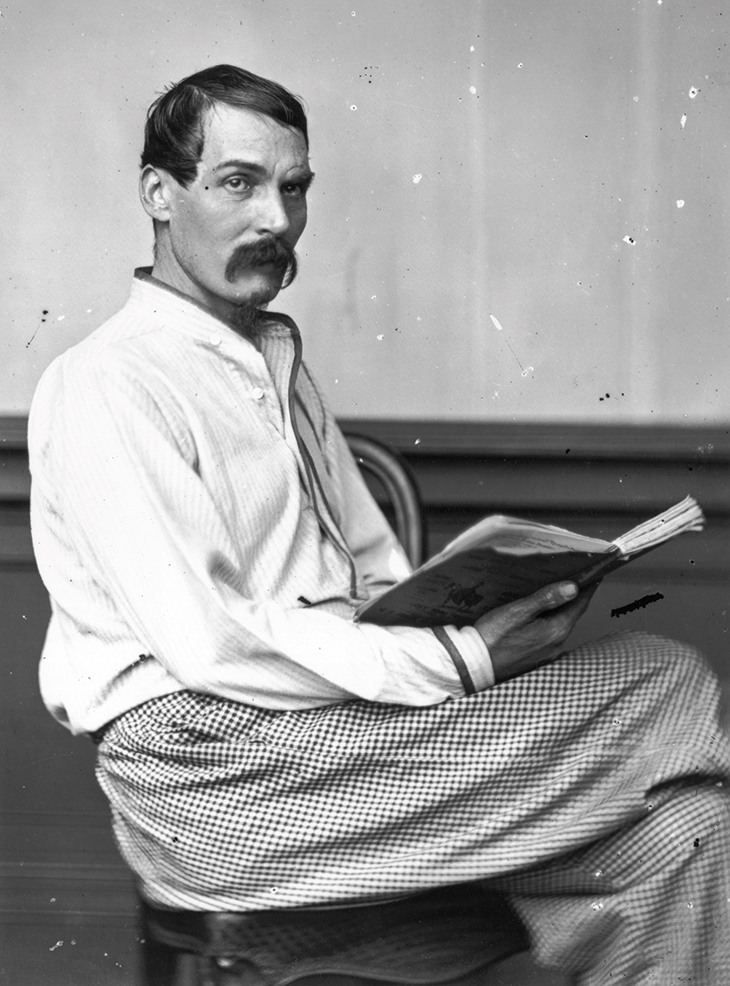
Richard Francis Burton, photographed on 24th August 1864. Photo: Rischgitz/Getty Images
Superbly incongruous as its setting is, the tent, with all its connotations of impermanence, is a fitting monument to a man who never stayed in one place for long. Born 200 years ago in Torquay, Burton had a peripatetic childhood. His Anglo-Irish father, a former army officer, shuttled the family between England, France and Italy, which gave Richard a facility for languages as well as a lifelong restlessness. He managed only five terms as an undergraduate at Oxford before getting himself sent down. Soon after, Burton joined the army of the East India Company, travelling to Bombay before being posted to Gujarat, and then Karachi, under Charles Napier. He seems to have picked up Hindustani, Gujarati, Sindhi, Arabic and Persian within a few years, making him an obvious candidate for intelligence work – he had already created a half-Iranian, half-Arab alter ego, which allowed him to study his surroundings and its people at closer quarters. His insatiable curiosity didn’t always serve him, however. Commissioned by Napier’s office to investigate a brothel in Karachi that was rumoured to employ not women but boys and eunuchs, the future translator of texts such as the Kama Sutra, The Perfumed Garden and The Arabian Nights was apparently too conscientious in his work; Burton’s all-too detailed report has been pointed to as one of the reasons he was never fully trusted by the Establishment.
His skill in assimilating the language, gestures and customs of a particular culture – as well as his taste for performance – would in 1853 see him making the hajj to Mecca as a Muslim pilgrim. His success in this feat – which could have cost him his life had his ‘disguise’ been detected – made him something of a legendary figure to Europeans. On his return to Cairo, Edward Lear and Thomas Seddon painted him in Arab clothes as ‘The Pilgrim’.
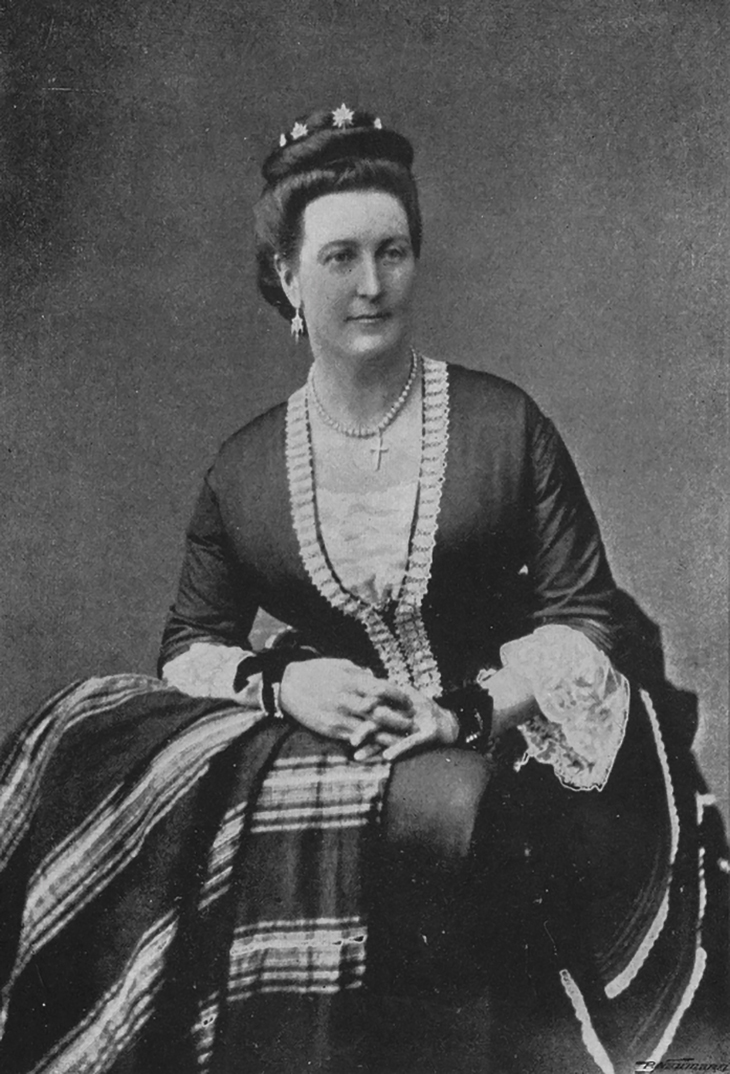
Isabel Burton, photographed in c. 1869. Photo: Hulton Archive/Getty Images
It was a few years after this triumph, back in London, that Burton became engaged to the aristocratic Isabel Arundell, 10 years his junior. They had met six years before, in Boulogne, and for Isabel it had been a coup de foudre. Both families, however, opposed the marriage – his because of her Catholicism, hers because of his lack of it, and his louche reputation. In a letter to her mother, Isabel explained: ‘I wish I were a man. If I were I would be Richard Burton; but, being only a woman, I would be Richard Burton’s wife […] I would at this moment sacrifice and leave all to follow his fortunes’.
Isabel certainly made sacrifices, and for the first few years of their relationship went long periods without even hearing from Burton, not least on his travels in Africa, where he famously failed to find the source of the Nile. Theirs was a precarious existence, living hand-to-mouth off his army pay or the latest book deal. Isabel was to Burton literary agent, proof-reader, publicist and much more besides (at one point she was visiting arms manufacturers with a design he had come up with for a carbine pistol). A match for him in energy and ambition, she used her connections to campaign tirelessly for his advancement.
But she got her longed-for adventures, too, the finest of which seems to have been when Burton was made British consul in Damascus. There, they took a house in the hills above the city (which Frederick Leighton painted as a gift to them) and made various desert excursions. Their eight-day ride to Palmyra was plagued by jackals, sandstorms, mirages and raiding Bedouins; but their reward was setting up camp inside the ancient city, touring its ruins by moonlight and bathing in its sulphurous spring. Burton, however, was a thoroughly undiplomatic diplomat, and before two years was up was recalled from the post. Pay, pack and follow, he told Isabel by messenger, not for the first time.
Richard Burton died in 1890 in Trieste, where the couple had been based for 17 years, and where – controversially – Isabel called in a Catholic priest to give her unconscious (and probably atheist) husband the last rites. (Still more controversially, she burned the manuscript of Burton’s revised version of The Perfumed Garden.) Back in England, she acted on her husband’s wish that, rather than burial or cremation, he would like them ‘to lie in a tent, side by side’. She fixed on Mortlake, where other members of her family had been buried. Modelling her design on a tent Burton himself had designed for the couple in Syria, she commissioned from Messrs Dyke, Stonemasons of Highgate, a structure of Forest of Dean stone – originally limewashed to better imitate canvas – with a Carrara-marble floor. Today, a ladder at the back of the tent allows the visitor to peep inside the tomb, where various devotional objects surround two biers, and strings of camel bells are hung from the ceiling.
Isabel spent the five or so years after Burton’s death setting their affairs in order, which included publishing a two-volume biography of her husband. She died in 1896, heeding his instructions to the last: Pay, pack and follow.
From the March 2021 issue of Apollo. Preview and subscribe here.
Unlimited access from just $16 every 3 months
Subscribe to get unlimited and exclusive access to the top art stories, interviews and exhibition reviews.

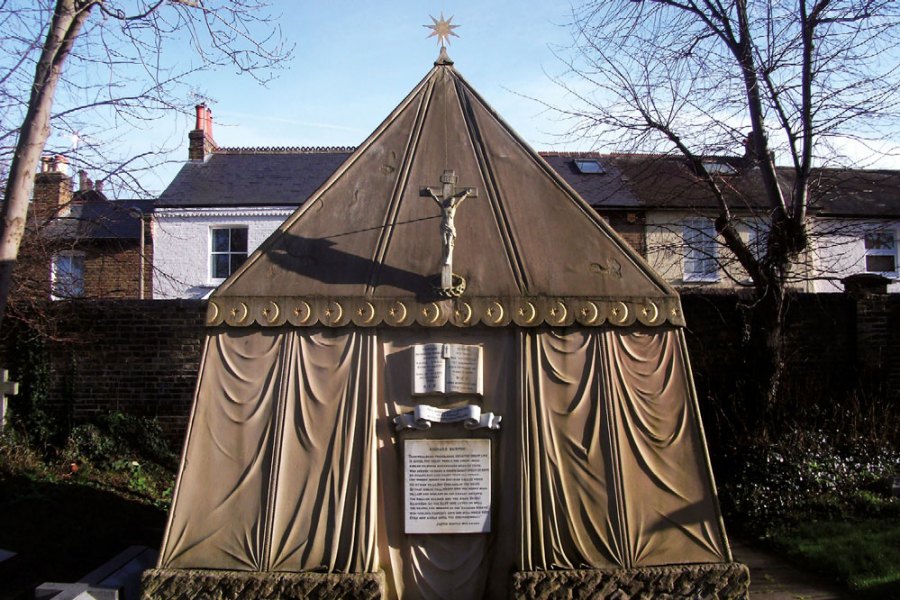
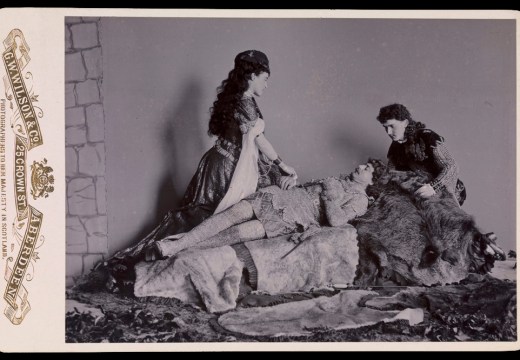
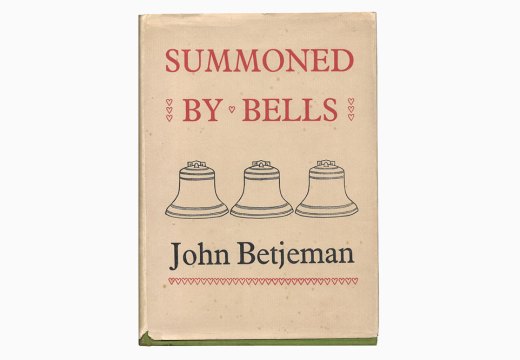
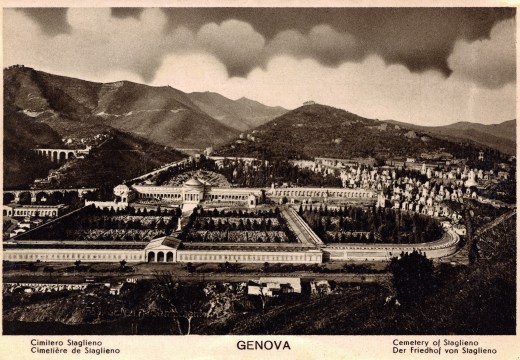









![Masterpiece [Re]discovery 2022. Photo: Ben Fisher Photography, courtesy of Masterpiece London](http://www.apollo-magazine.com/wp-content/uploads/2022/07/MPL2022_4263.jpg)
It’s time for the government of London to return to its rightful home